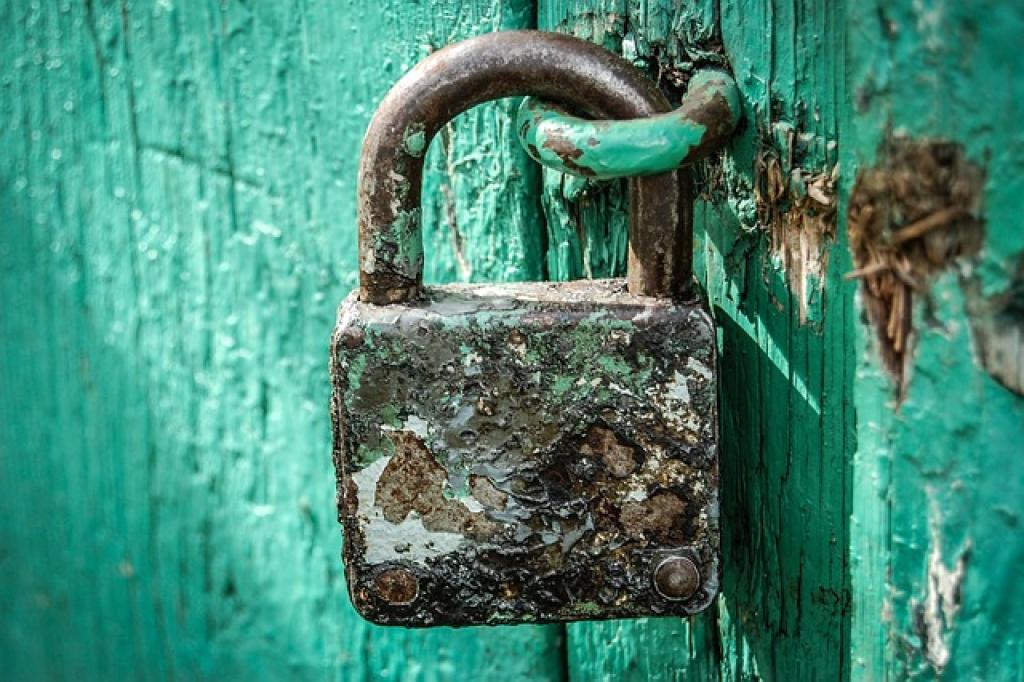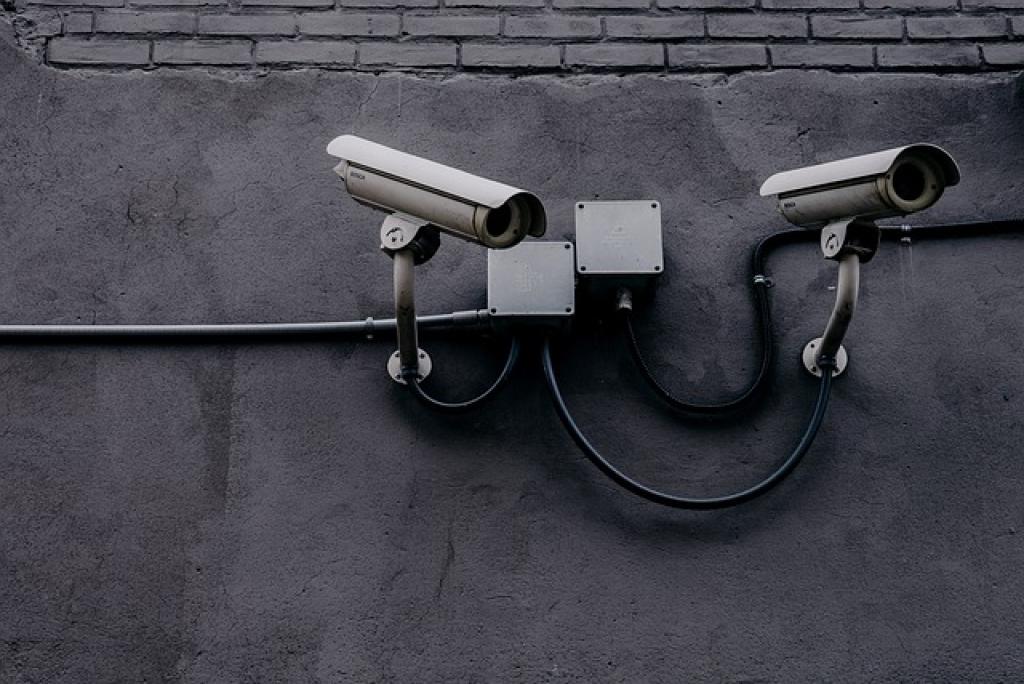
Transitioning Successfully from In-House to Contracted Security Guards
Security is a top priority for any business. Whether you are managing a small retail store or a large corporate office, ensuring the safety of your employees and assets is crucial. This often involves the decision to transition from an in-house security team to contracted security guards. While the shift may seem daunting at first, with careful planning and preparation, you can successfully make the transition and enhance the security of your business.
Understanding the Reasons for Transition
Before making the switch from in-house security to contracted security guards, it’s essential to understand the reasons behind this decision. Some common factors that may influence this transition include cost-effectiveness, access to specialized security services, scalability, and flexibility. By identifying the specific needs of your business and the benefits of contracting security services, you can better prepare for the transition process.
Evaluating Your Current Security Setup
Assessing your current security setup is a crucial step in transitioning to contracted security guards. Take inventory of your existing security measures, including surveillance systems, access control systems, and security personnel. Evaluate the strengths and weaknesses of your current setup to determine how contracting security services can address any gaps and enhance your overall security posture.
Researching and Selecting a Reputable Security Provider
When transitioning to contracted security guards, choosing the right security provider is key to a successful transition. Conduct thorough research to identify reputable security companies with experience in your industry and a track record of providing high-quality services. Consider factors such as licensing, certifications, client reviews, and the range of security services offered when selecting a security provider that aligns with your business needs.
Communicating with Your Internal Security Team
Transitioning from an in-house security team to contracted security guards can be unsettling for your existing security personnel. It’s essential to communicate openly and transparently with your internal security team throughout the transition process. Explain the reasons for the change, involve them in the decision-making process where possible, and provide support and guidance as they adjust to the new security setup.
Planning for a Seamless Transition
A successful transition from in-house security to contracted security guards requires careful planning and coordination. Create a detailed transition plan that outlines key milestones, responsibilities, and timelines for the switch. Coordinate with your chosen security provider to ensure a seamless handover of security responsibilities and procedures. Training and onboarding of the contracted security guards should also be factored into your transition plan.
Integrating Contracted Security Guards into Your Business
Once the transition is complete, integrating contracted security guards into your business operations is essential for a smooth and effective security setup. Clearly define roles and responsibilities for the security guards, establish communication protocols, and provide ongoing support and feedback to ensure they are aligned with your business’s security objectives. Regularly review and assess the performance of the contracted security guards to maintain a high standard of security at all times.
Leveraging Technology for Enhanced Security
In today’s digital age, technology plays a significant role in enhancing security measures. Explore opportunities to leverage technology, such as surveillance cameras, access control systems, and incident reporting software, to complement the efforts of your contracted security guards. Integration of technology can improve response times, streamline security operations, and provide valuable insights for proactive security management.
Establishing Clear Communication Channels
Communication is key to the success of any security setup. Establish clear communication channels between your internal team, contracted security guards, and security provider to ensure effective coordination and information sharing. Regular meetings, updates, and feedback sessions can help address any security concerns promptly and foster a collaborative approach to security management.
Training and Development for Continuous Improvement
Investing in training and development for your contracted security guards is essential for continuous improvement and maintaining high security standards. Provide relevant training on security procedures, emergency response protocols, customer service skills, and conflict resolution techniques to empower your security team to handle diverse security challenges effectively. Encourage ongoing learning and professional development to keep your security guards updated on the latest security trends and best practices.
Monitoring and Evaluating Security Performance
Regular monitoring and evaluation of security performance are critical to ensuring the effectiveness of your security setup. Implement performance metrics, conduct security audits, and gather feedback from stakeholders to assess the performance of your contracted security guards and identify areas for improvement. By measuring key performance indicators and addressing any security gaps proactively, you can enhance the overall security posture of your business.
The Bottom Line
Transitioning from in-house security to contracted security guards is a strategic decision that can benefit your business in terms of cost-efficiency, expertise, and flexibility. By understanding the reasons for transition, evaluating your current security setup, selecting a reputable security provider, planning for a seamless transition, and integrating technology and communication channels effectively, you can successfully enhance the security of your business with contracted security guards. Remember to prioritize training, development, and continuous improvement to ensure that your security setup remains robust and responsive to evolving security threats. By taking a proactive approach to security management and fostering a collaborative relationship with your security team, you can create a secure and safe environment for your employees and stakeholders.


